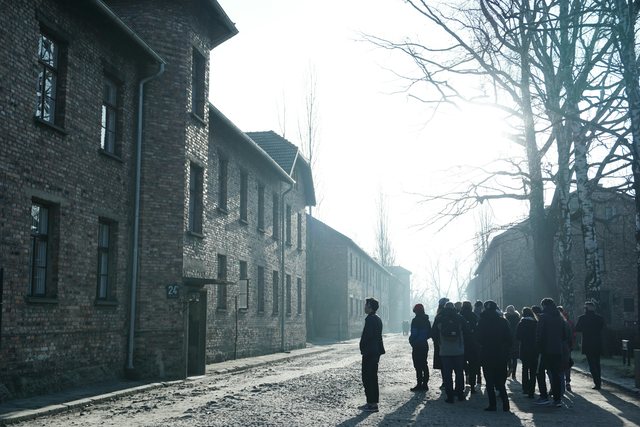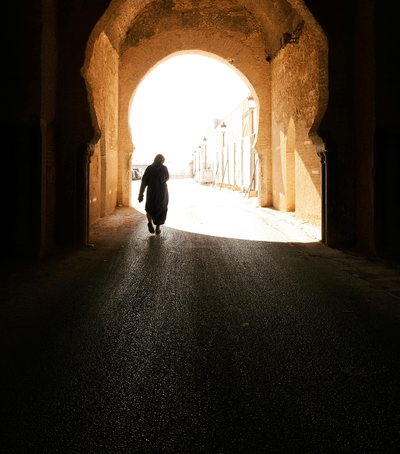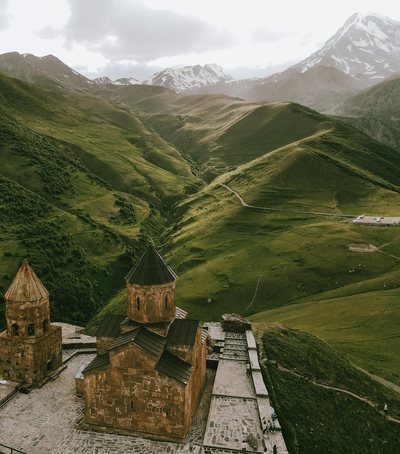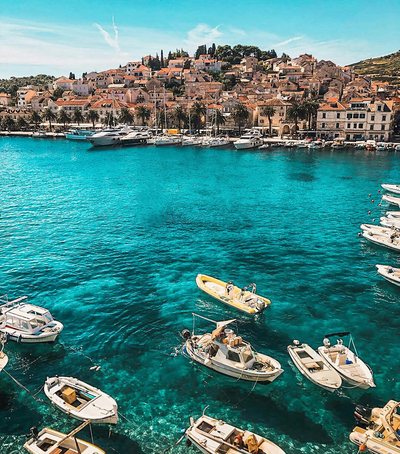
In the modern world, travel is not just about relaxation, entertainment, or culture. There is another, more profound and often shocking form of travel called “dark tourism.” This term is used to describe visits to places that are associated with tragedies, natural disasters, wars, or historical events that have left an indelible mark on human memory.
Tourists who choose this type of trip visit concentration camps, mass graves, abandoned prisons, battlefields or natural disaster sites. Auschwitz in Poland, Chernobyl in Ukraine, Ground Zero in New York or Hiroshima in Japan are among the most popular destinations of this phenomenon. They represent the common pain of humanity, but also a way to reflect on the consequences of violence and destruction.
The reason why people are drawn to these places is complex. Some seek to understand history directly, feeling the atmosphere of an event that changed the world. Others seek to confront the truth, not to forget what humanity is capable of when it loses its sense of humanity. There are also those who seek strong emotions, the sense of awe and respect that arises in places where life and death have met face to face.
For some critics, dark tourism raises ethical dilemmas. Is it right to visit a place of pain with a camera in hand? Does the memory become a spectacle, or is this a way to preserve collective memory? The answer depends on the purpose for which we travel. If the visit is done with respect and reflection, it can become a deeply spiritual and educational experience.
In an era where travel is often associated with luxury and escapism, dark tourism reminds us of another dimension of knowledge: that of confronting history and the value of life. Because sometimes, to understand the light, we must look closely at the darkness.
Photo by Kimsanxw: https://www.pexels.com/photo/group-in-front-of-building-15660573/





